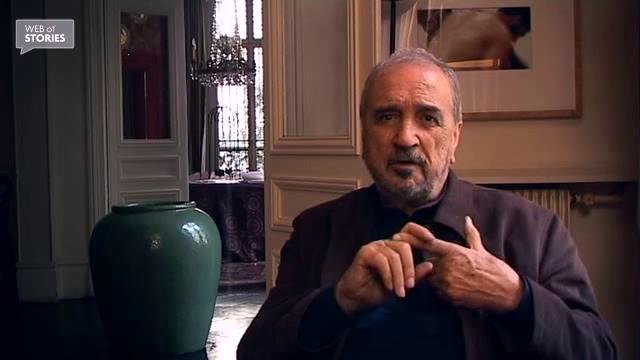NEXT STORY

My rural roots
RELATED STORIES

NEXT STORY

My rural roots
RELATED STORIES


|
Views | Duration | |
|---|---|---|---|
| 1. A house with a history | 1 | 972 | 01:13 |
| 2. My rural roots | 287 | 02:07 | |
| 3. My birthday tree | 2 | 238 | 00:58 |
| 4. Books of my childhood | 258 | 01:35 | |
| 5. Pictures that shaped my image of the world | 248 | 01:37 | |
| 6. First films | 215 | 02:12 | |
| 7. My first real book | 191 | 00:43 | |
| 8. Nurturing my flair for learning | 174 | 01:45 | |
| 9. Growing up in the country | 133 | 01:31 | |
| 10. An inspirational history teacher | 1 | 144 | 03:52 |
